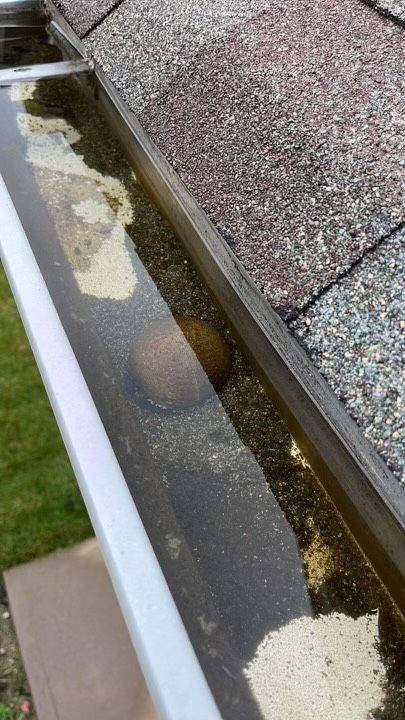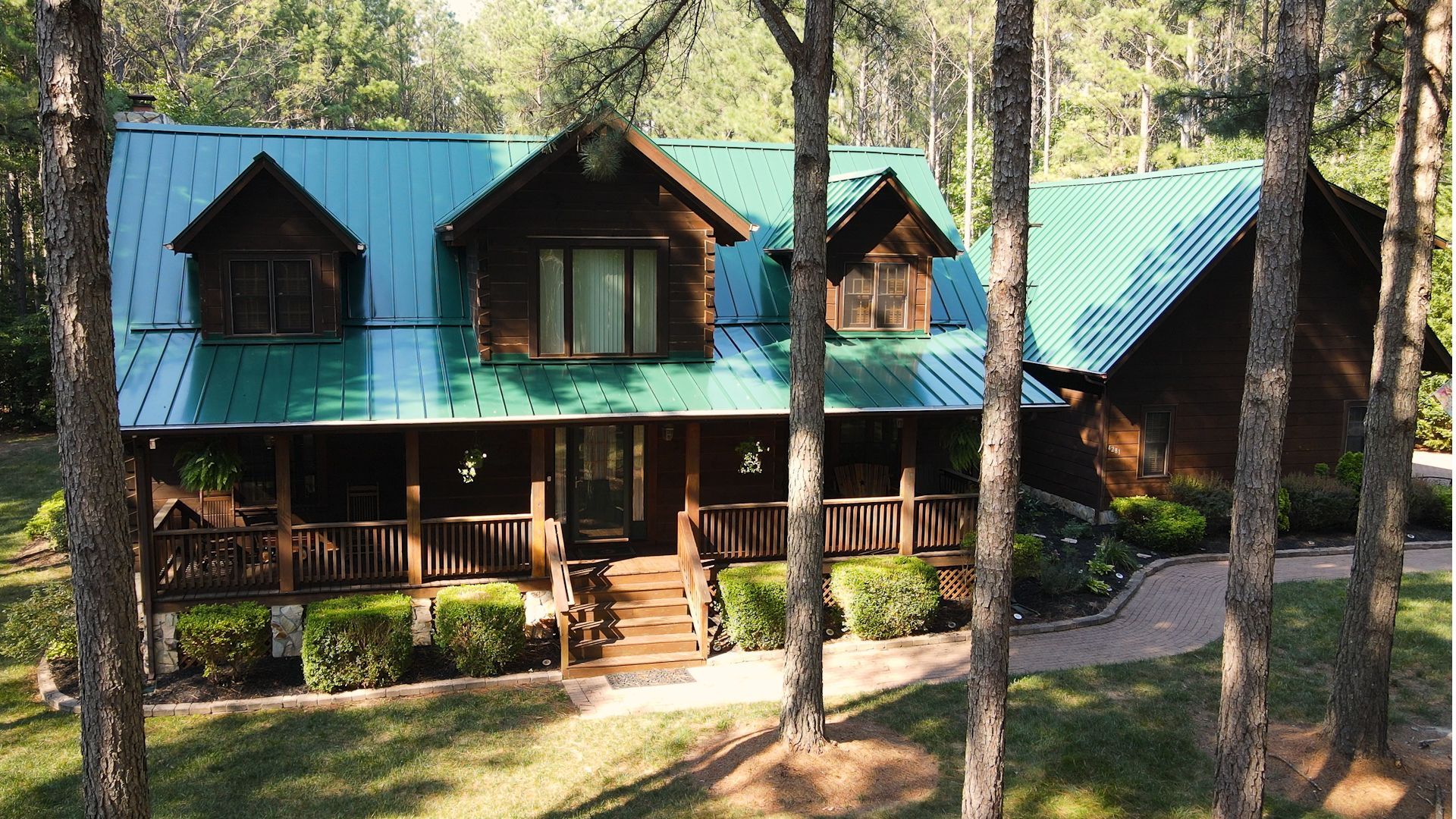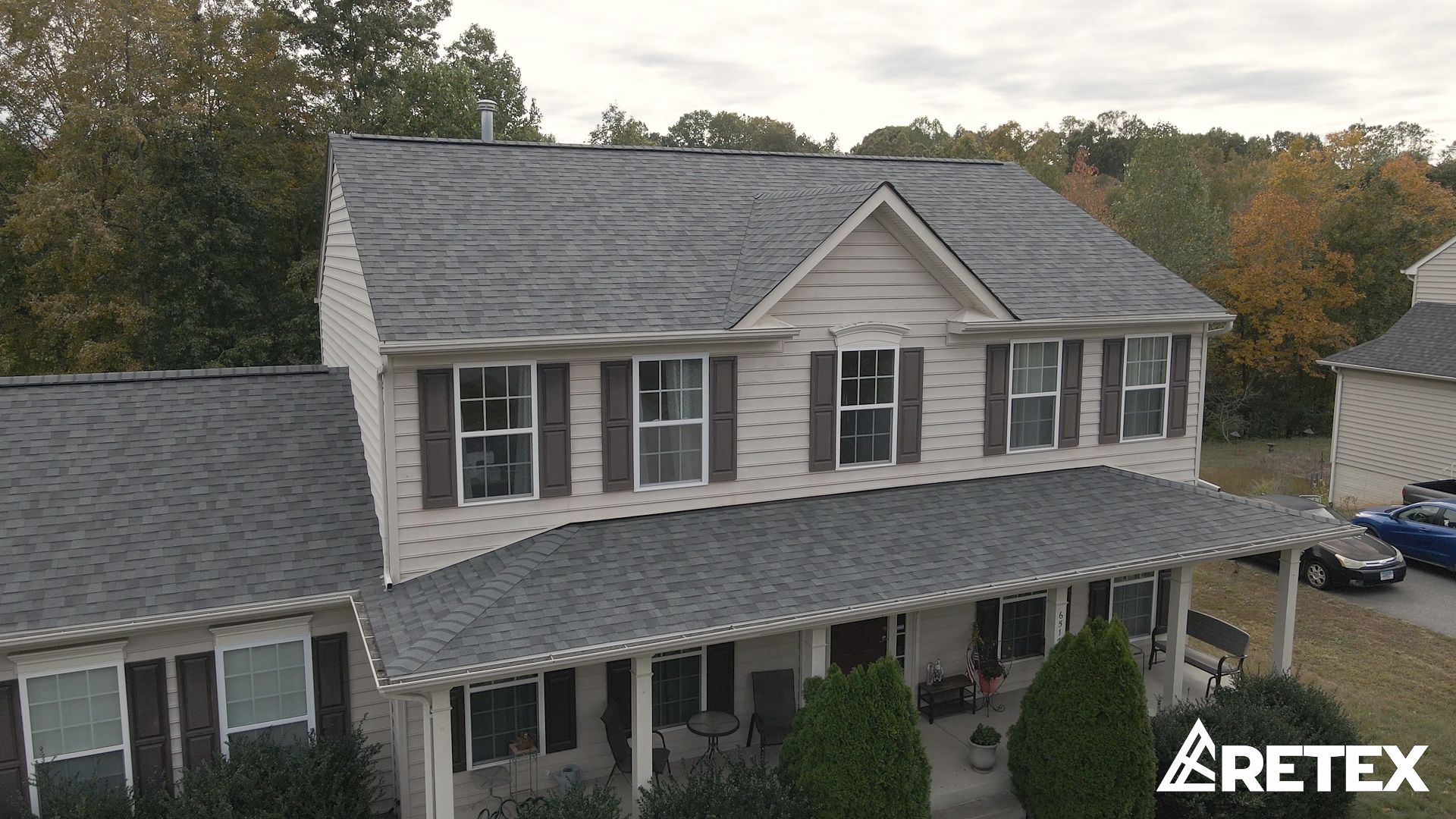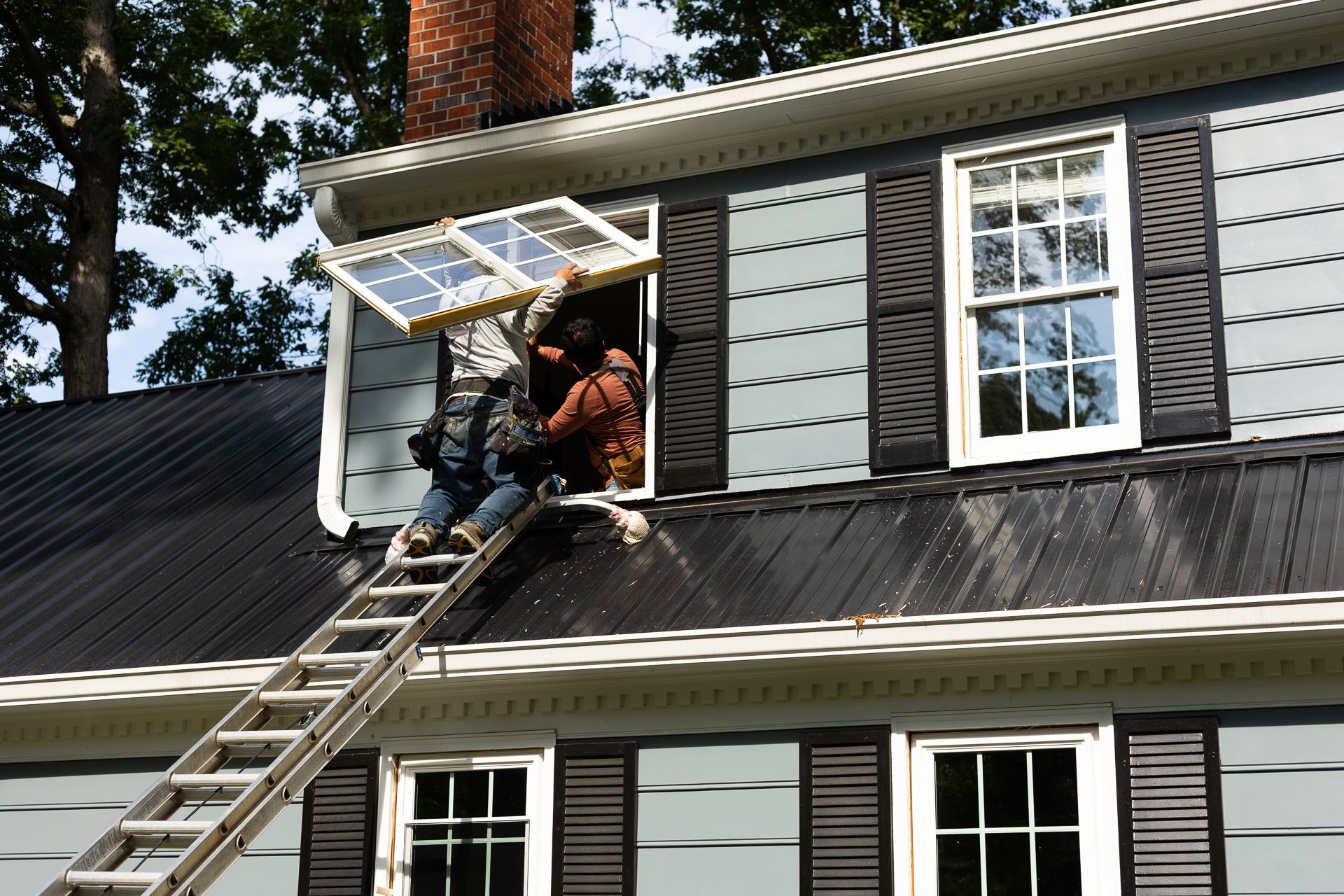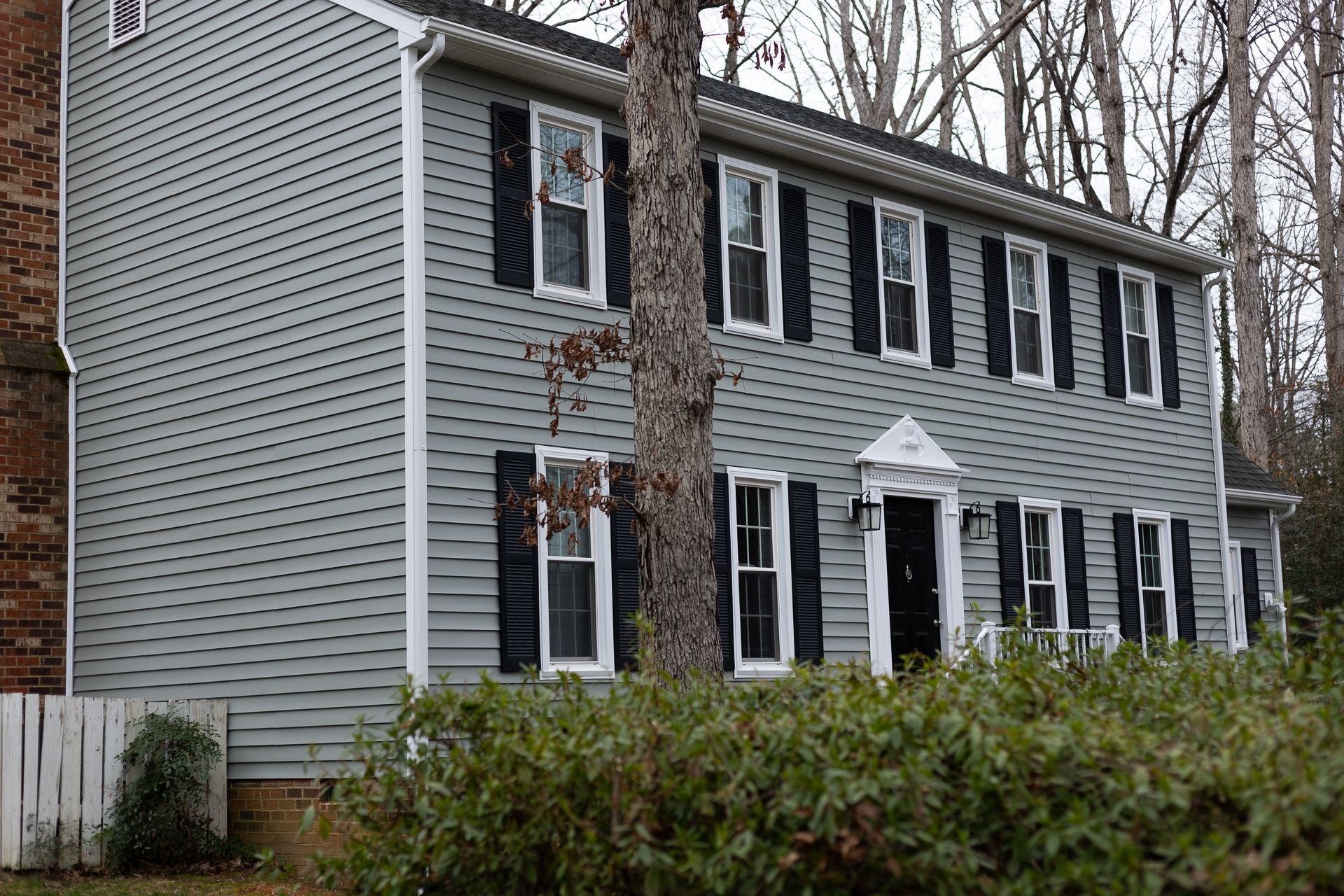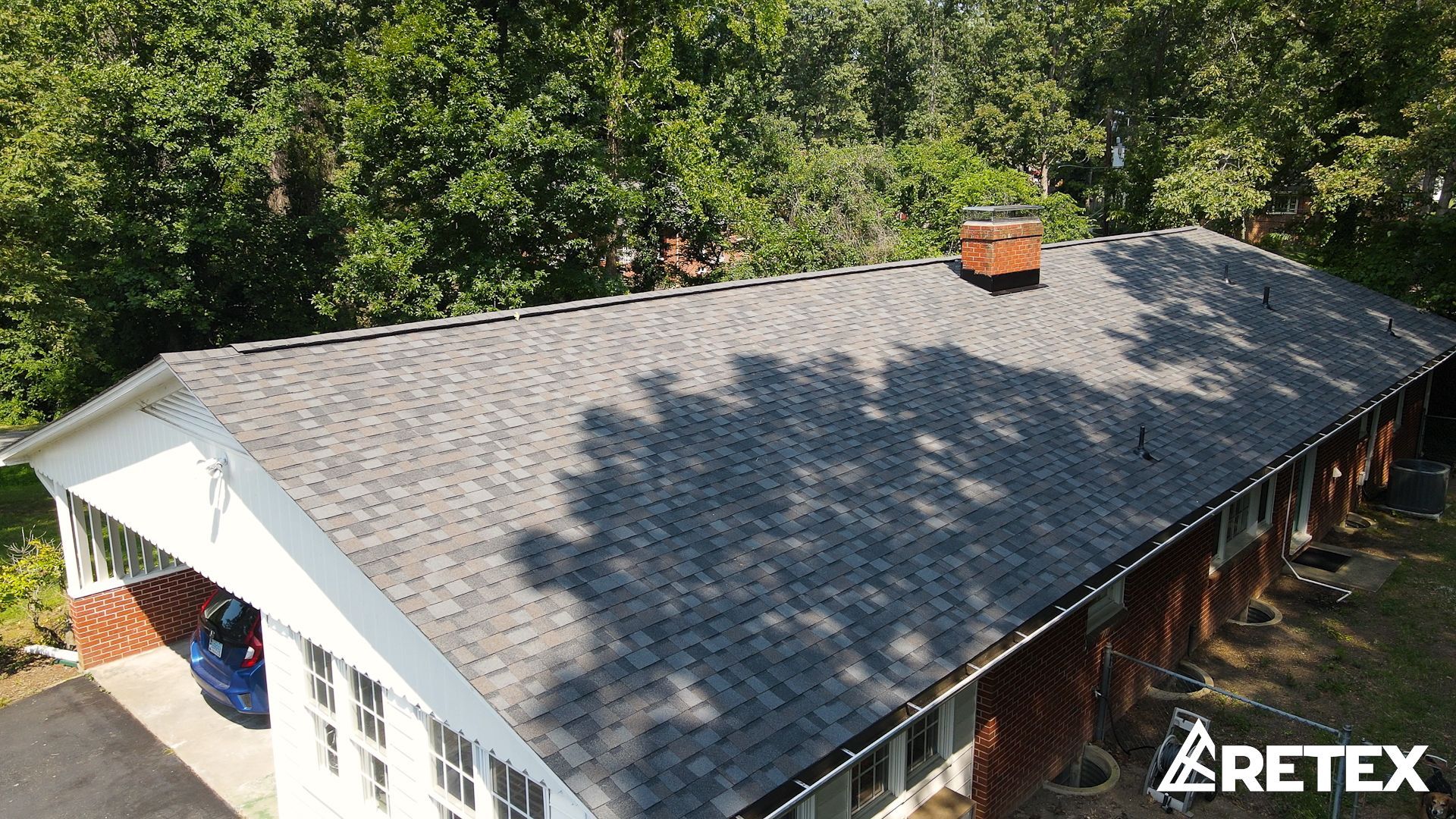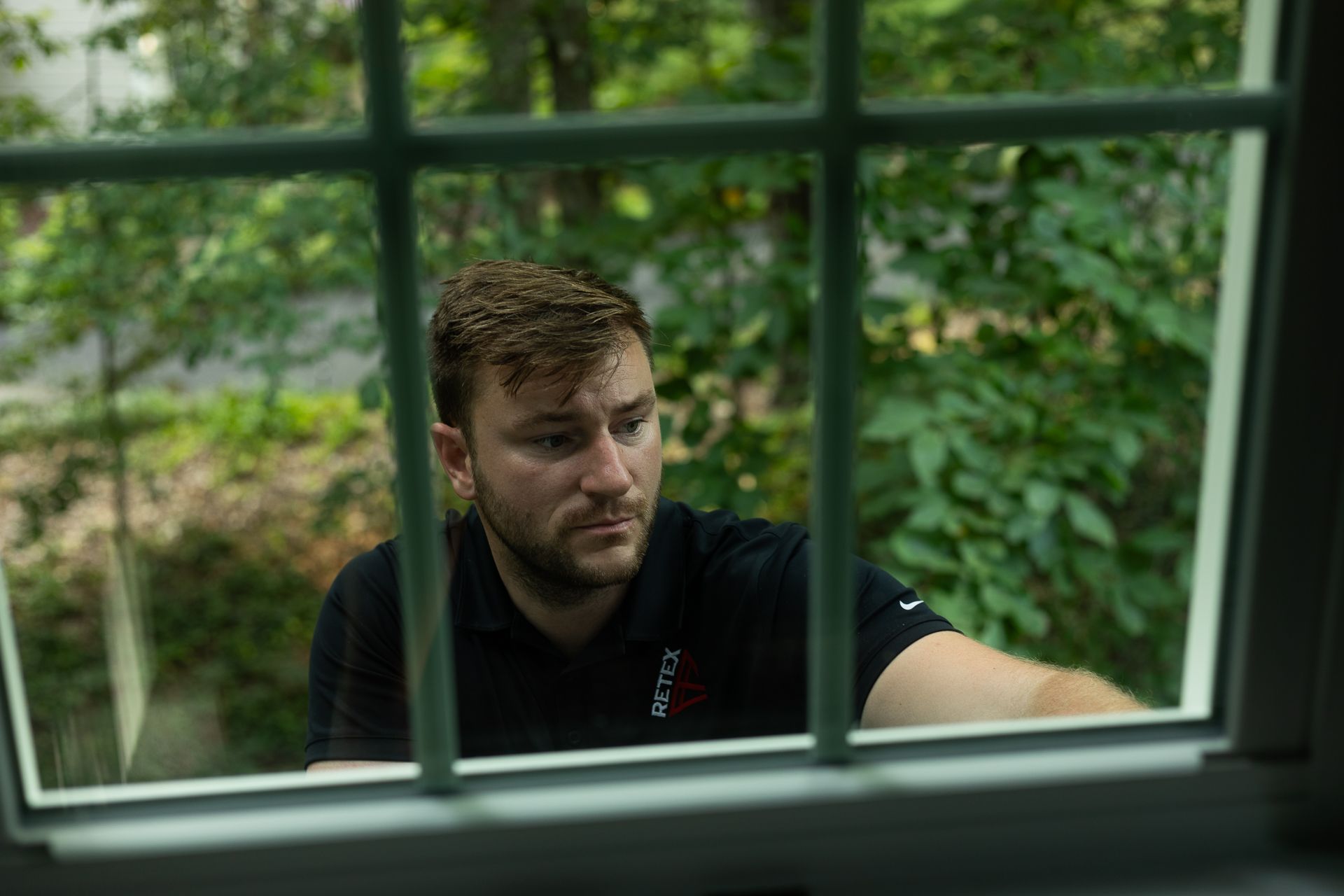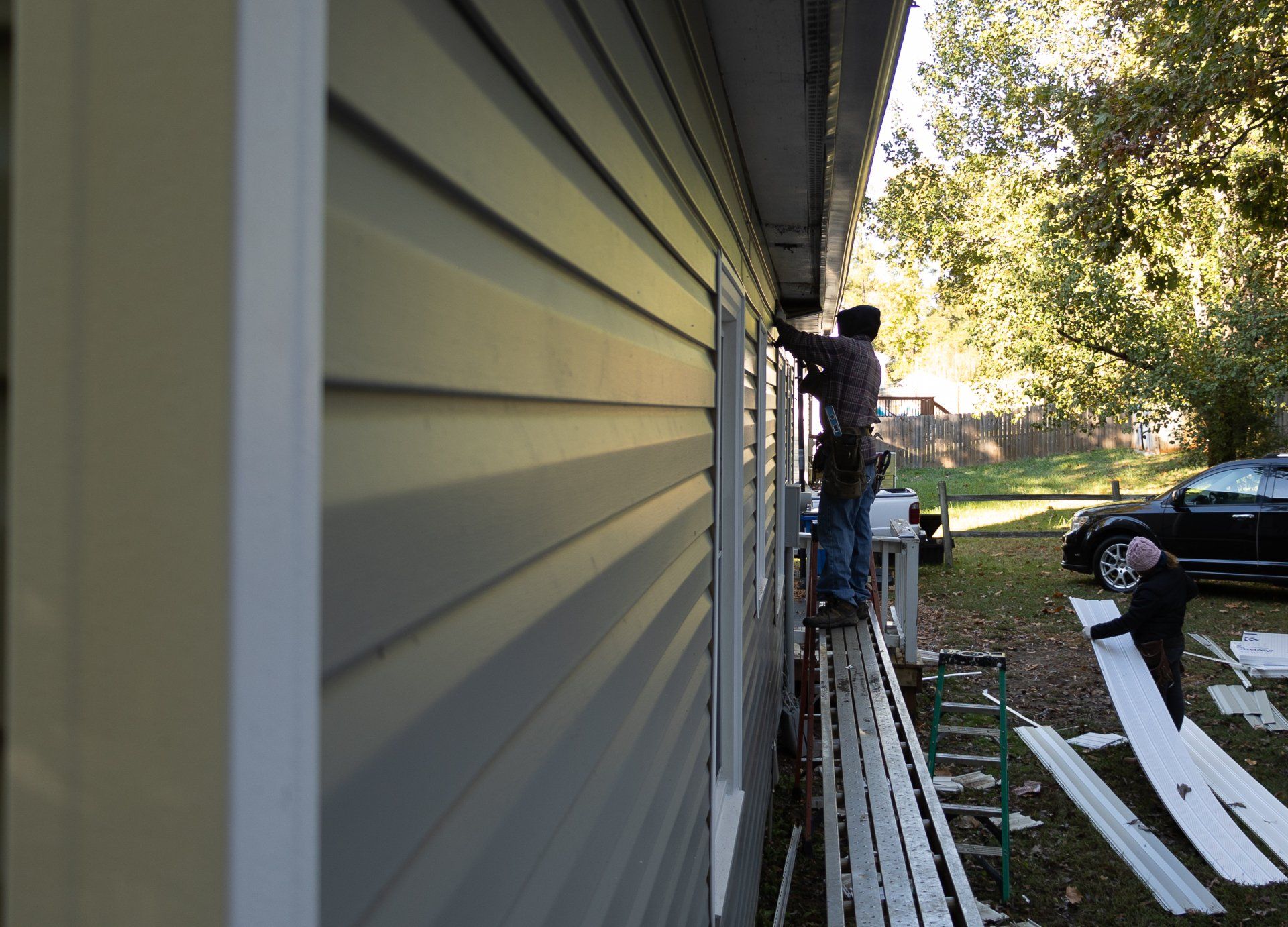The Five Major Factors Influencing the Cost of Attic Insulation
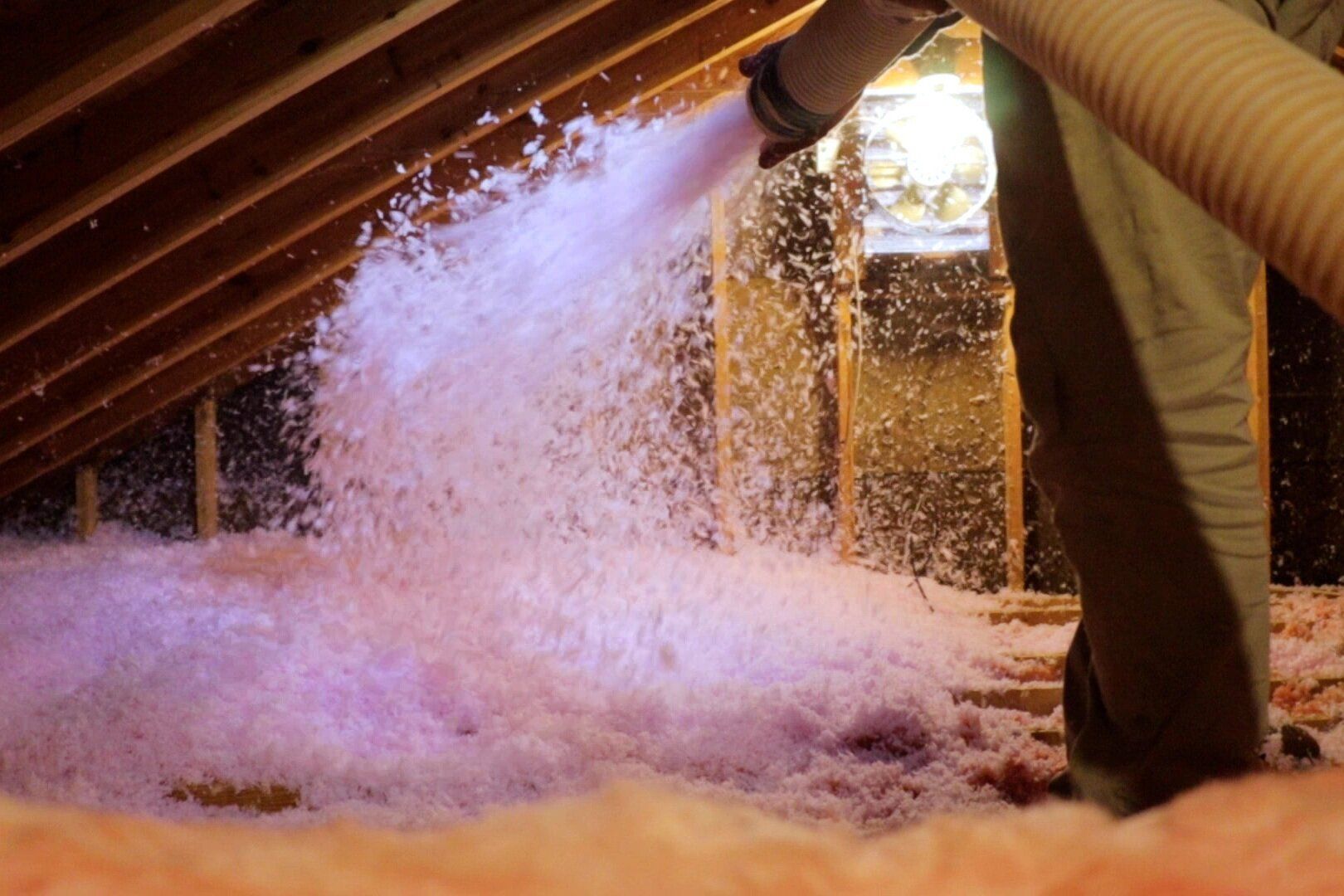
A Retex Roofing worker installs blown-in insulation in the attic space of a home in North Chesterfield, Virginia. (Katelyn Lewis/Retex Roofing)
One of the largest opportunities for increasing your home’s energy efficiency and keeping your heating bills down this winter is above your head.
Your attic or crawlspace provides not only space for storage, but also a proper insulation barrier, keeping heat from escaping and cold air from entering your home in the winter. Yet most homes – 90% – have under-insulated attics.
This shockingly high statistic is related to insulation’s effectiveness over time. While insulation is said to last between 80 to 100 years, it loses its effectiveness as it ages. This decline in efficiency happens due to its R-value, or its ability to slow the transfer of heat from your home, decreasing as the insulation compresses in on itself.
Current code for new construction homes in Virginia equates to about 13.5 inches of blown-in style insulation. Having less than those 13 inches means you’re losing money every month.
Many insulation experts recommend buffing up your insulation every 15 to 20 years to ensure your home is properly insulated. But before you hire an insulation company, you should know what goes into the estimate for insulating your attic space.
Here are the top five factors influencing the cost of insulating your attic:
-
The Material. The most common types of insulation include blanket, blown-in, and spray foam – which increase in price per square foot from the former to the latter. The type of insulation also influences the labor costs. For example, spray foam insulation is more expensive as it requires more skilled labor to properly install.
-
The Amount of Insulation Needed. The amount of insulation you need depends on the square footage of your attic. If you have a larger space, it’s going to require more insulation. Also, if you have existing insulation that’s in good shape, most installers would add more to it to bring it up to code. But if you have damaged or no insulation, the amount required to bring your home’s level up to code will be higher, increasing the cost.
-
The R-value. The R-value is the extent to which your insulation blocks heat transfer. Homes in colder climates, therefore, have a higher R-value requirement – meaning they require more insulation – than those in warmer locations. The R-value for new construction homes in Virginia is between R-38 and R-60.
-
Your Attic’s Ease of Access. If your attic is hard to access– if it has a low ceiling, it’s oddly shaped, or it’s difficult to reach, for example – it’ll increase the time it takes to install your insulation, thus increasing the associated labor costs and making the overall job more expensive.
-
DIY or Pro. You could technically insulate your own attic space, but what it would save you in money will cost you in time and uniformity. On the other hand, trusting a pro to air-seal it and fill in all gaps to prevent ongoing heat loss will bring you peace of mind, as you know your attic is properly insulated.
During your free insulation estimate with Retex Roofing, our expert consultant examines your attic space and provides you with a free estimate for the type of insulation to best fit your needs and budget. Adding attic insulation will save you money on your utility costs, increase your home’s energy efficiency, and keep you comfortable in your house throughout the year.
If you’re a homeowner in Richmond, Virginia, looking to increase your attic insulation, give our team a call at (804)-442-3314 to tell us more about your insulation needs.
